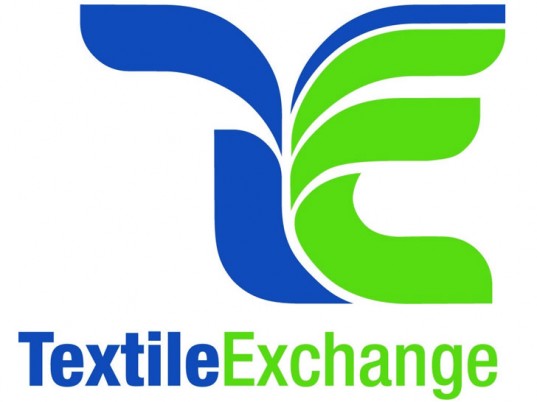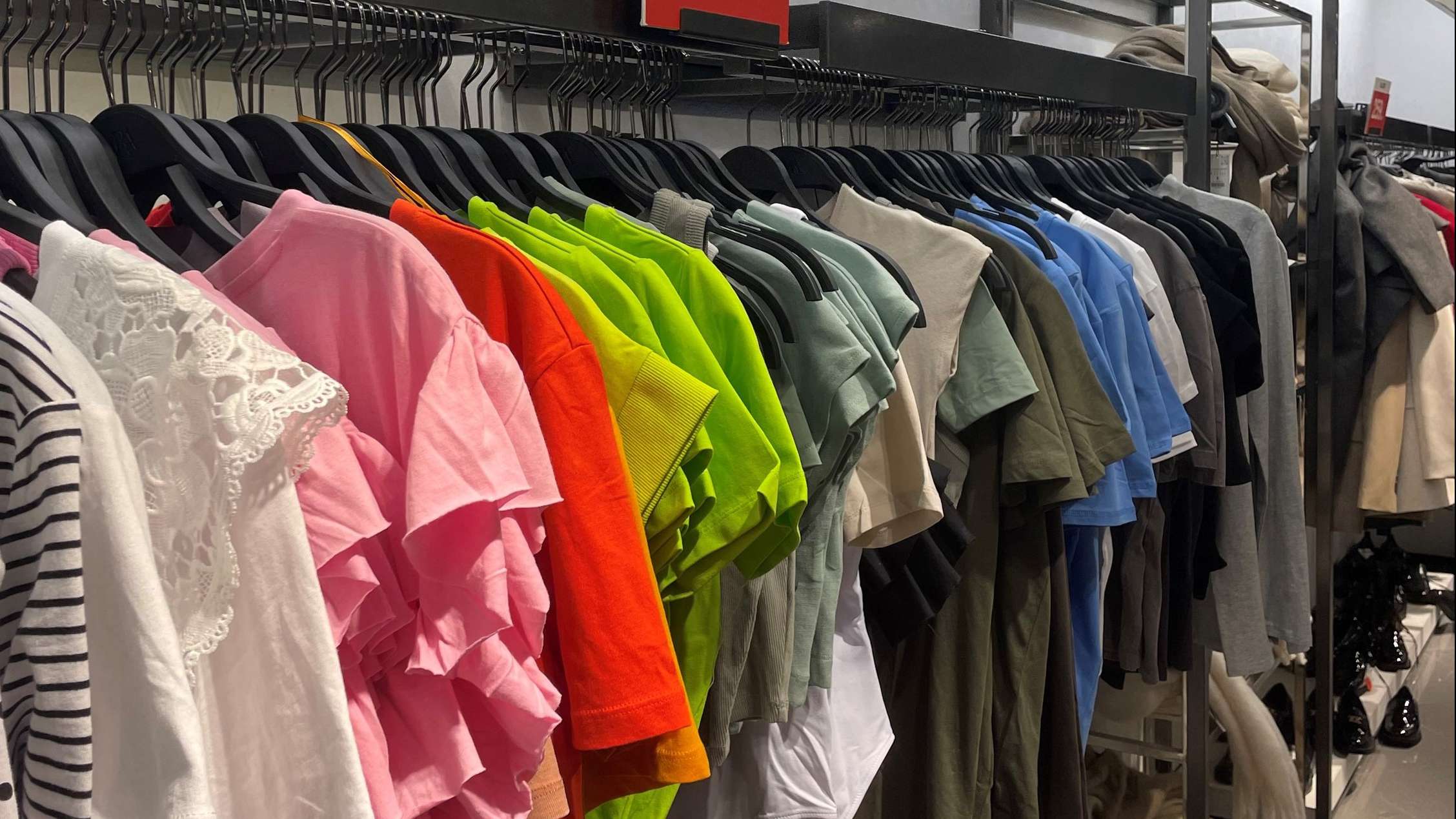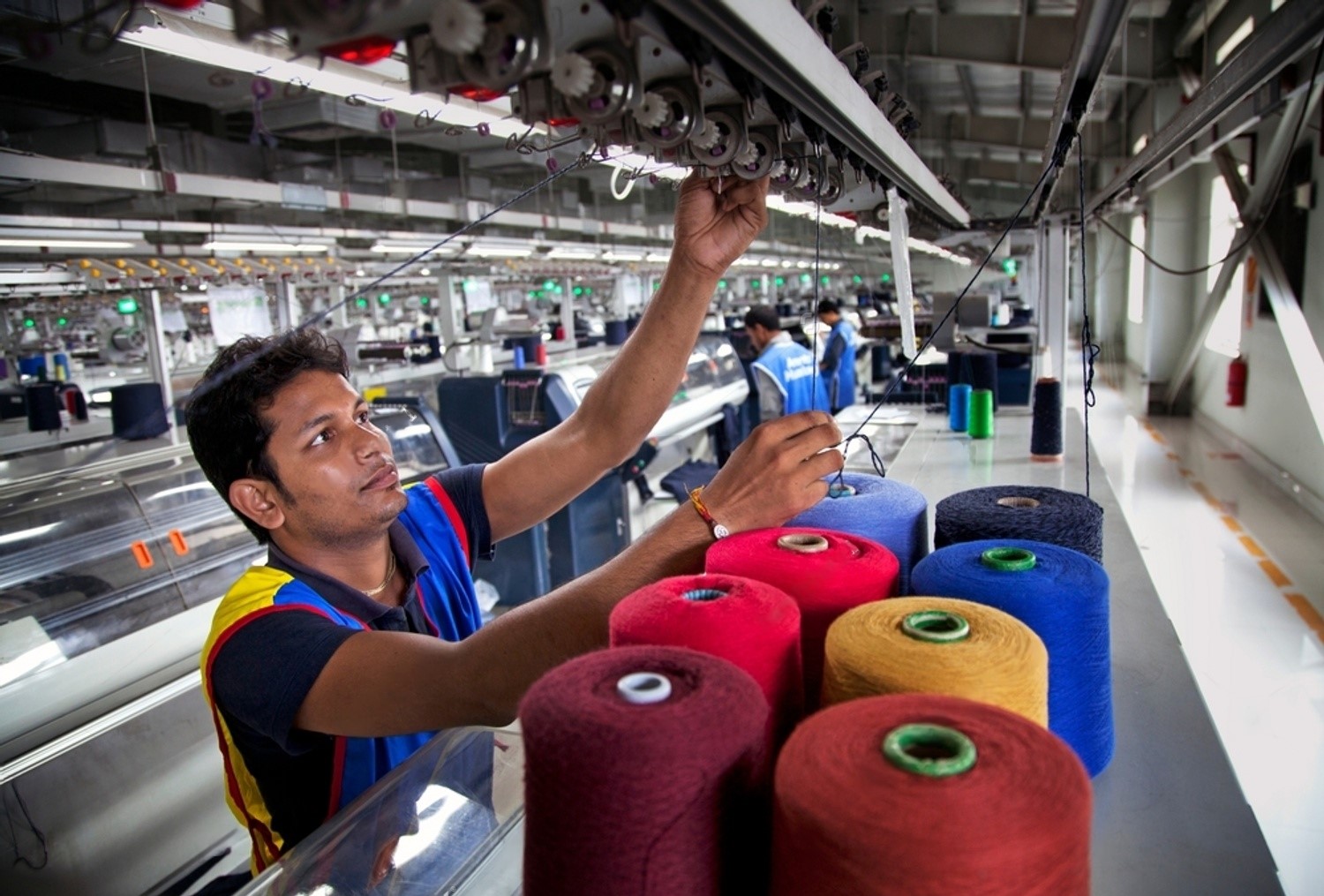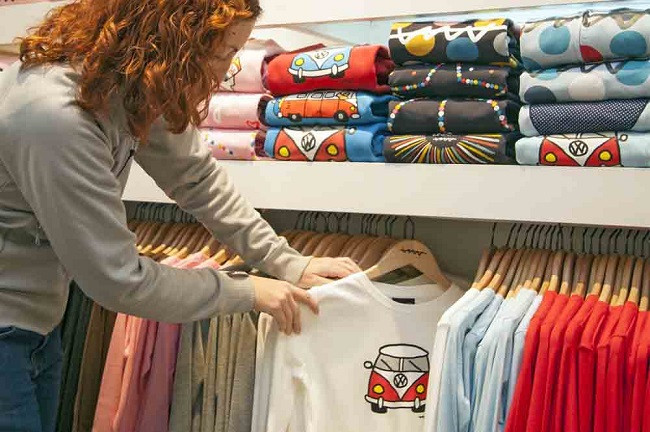
Investing in green practises

The Benchmark Program allows companies to track their own progress and also relate it to others’ experience and results in four main areas: Sustainability Strategy, Supply Chain, Materials Usage and Sales and Marketing. According to the findings, 93 per cent of companies reported to have a vision or mission to be more sustainable.
The majority, almost 81 per cent are addressing raw materials use at the strategy level and 74 per cent are setting individual targets for specific materials. The report says that 70 per cent of companies use a voluntary sustainability standard to help them ensure the integrity of their organic products and 64 per cent are tracking other preferred materials. While 74 per cent are reporting the amount of organic cotton they consume, 81per cent claim to be communicating the sustainability attributes of their products to their customers.
The ‘Benchmark Program for Organic Cotton and Preferred Materials’, will be shared with the textile industry. The 57 participating companies submitted detailed data about their organic cotton and other preferred materials use to Textile Exchange for analysis and comparison across the industry. These companies range in size from small start-ups to global brands and share the common goal of improving sustainability efforts across their supply chains.
Lack of data on usage of preferred materials
Policies on raw materials and animal welfare are still lagging behind human rights and ethical trade, says the report. Also, companies setting long-term goals for a preferred material portfolio were less common than setting targets for specific materials. While 73 per cent of participants could provide data on organic cotton, the numbers dropped off dramatically for other preferred materials. Textile Exchange says that this is an area where companies need to improve so that their use of preferred materials such as recycled polyester and preferred cellulosic (such as lyocell) can be better analysed.
“Textile Exchange’s Benchmark Program provides a framework for the industry. Companies working to improve their impact on the environment, natural resources, people and animals can compare best practices and results. Our aim is to have these companies learn from each other and even feel a sense of urgency to make improvements similar to those of their colleagues in the industry. As we move beyond the pilot phase we’ll also be encouraging more companies to join in,” says Liesl Truscott, European and Materials Strategy Director.
The benchmarking results will be featured at TE’s global Textile Sustainability Conference in October and in a series of online workshops for companies that will be launched later in 2015. Textile Exchange, founded in 2002 works closely with all sectors of the textile supply chain to find the best ways to minimize and even reverse the negative impacts on water, soil, air, and the human population created by this $1.7 trillion industry. TE accomplishes this by providing the knowledge and tools this industry needs to make significant improvements in three core areas: materials, integrity and supply chain.
www.textileexchange.org
Textile Exchange, a global non-profit organization that works to accelerate sustainable practices in the textile industry has announced the findings of a comprehensive benchmarking report that measures the progress of 57 leading textile companies in their effort to become more sustainable. While there is an overall improvement in the companies’ initiatives to become more sustainable, Textile Exchange points out that the data on usage of preferred materials must be prudent to better assess their efforts. </br>
Investing in green practises
The Benchmark Program allows companies to track their own progress and also relate it to others’ experience and results in four main areas: Sustainability Strategy, Supply Chain, Materials Usage and Sales and Marketing. According to the findings, 93 per cent of companies reported to have a vision or mission to be more sustainable. </br>
<br>
The majority, almost 81 per cent are addressing raw materials use at the strategy level and 74 per cent are setting individual targets for specific materials. The report says that 70 per cent of companies use a voluntary sustainability standard to help them ensure the integrity of their organic products and 64 per cent are tracking other preferred materials. While 74 per cent are reporting the amount of organic cotton they consume, 81per cent claim to be communicating the sustainability attributes of their products to their customers. </br>
<br>
The ‘Benchmark Program for Organic Cotton and Preferred Materials’, will be shared with the textile industry. The 57 participating companies submitted detailed data about their organic cotton and other preferred materials use to Textile Exchange for analysis and comparison across the industry. These companies range in size from small start-ups to global brands and share the common goal of improving sustainability efforts across their supply chains. </br>
Lack of data on usage of preferred materials
<br>
Policies on raw materials and animal welfare are still lagging behind human rights and ethical trade, says the report. Also, companies setting long-term goals for a preferred material portfolio were less common than setting targets for specific materials. While 73 per cent of participants could provide data on organic cotton, the numbers dropped off dramatically for other preferred materials. Textile Exchange says that this is an area where companies need to improve so that their use of preferred materials such as recycled polyester and preferred cellulosic (such as lyocell) can be better analysed. </br>
<br>
“Textile Exchange’s Benchmark Program provides a framework for the industry. Companies working to improve their impact on the environment, natural resources, people and animals can compare best practices and results. Our aim is to have these companies learn from each other and even feel a sense of urgency to make improvements similar to those of their colleagues in the industry. As we move beyond the pilot phase we’ll also be encouraging more companies to join in,” says Liesl Truscott, European and Materials Strategy Director. </br>
<br>
The benchmarking results will be featured at TE’s global Textile Sustainability Conference in October and in a series of online workshops for companies that will be launched later in 2015. Textile Exchange, founded in 2002 works closely with all sectors of the textile supply chain to find the best ways to minimize and even reverse the negative impacts on water, soil, air, and the human population created by this $1.7 trillion industry. TE accomplishes this by providing the knowledge and tools this industry needs to make significant improvements in three core areas: materials, integrity and supply chain. </br>
www.textileexchange.org












